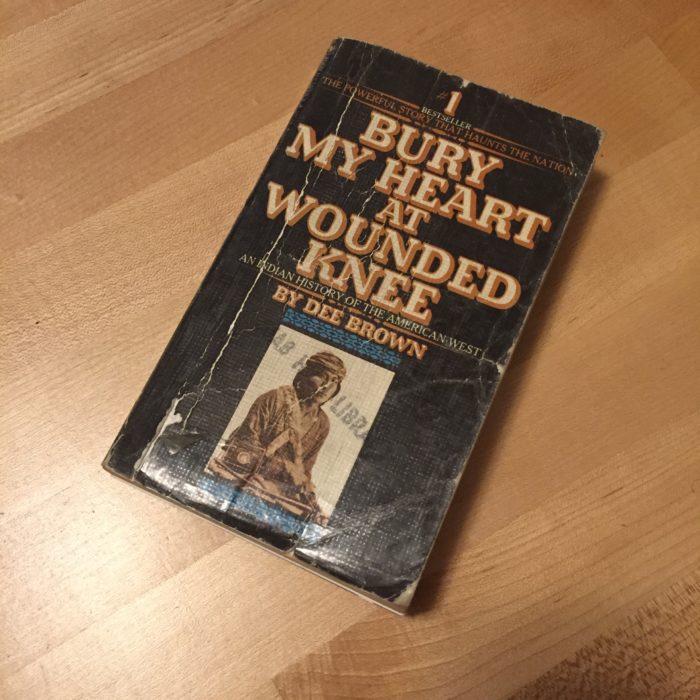Historian Dee Brown’s Bury My Heart at Wounded Knee recounts the genocide that made the United States possible. It is not so much a novel as it is a chronological inventory of the brutal viciousness the Manifest Destiny doctrine emboldened as the US expanded. The book saw 21 editions in its first three years and has since never gone out of print—which seems to suggest its cultural resonance.
What is the frontier but an imaginary line separating two countries—war-defined, politics-codified? The civilization that follows justifies or forgets the genocide that made the line enforceable.
To reckon with the past, let us simply acknowledge that the US did not emerge spontaneously, but as an act of war. The war’s beneficiaries: pious pilgrims, industrious pioneers, and clever entrepreneurs are not its fathers but its sons. Real savages, costumed as Union soldiers and Christian missionaries, made the bloody inroads, took with impunity what was not theirs and did it with the tacit approval of the children waiting in the wings for the “all clear.”
Reading Brown’s book was like lifting civilization’s thin veneer to see with clear eyes the brutality lying beneath. There is no moving forward without first acknowledging where we’ve been.

Bury My Heart at Wounded Knee